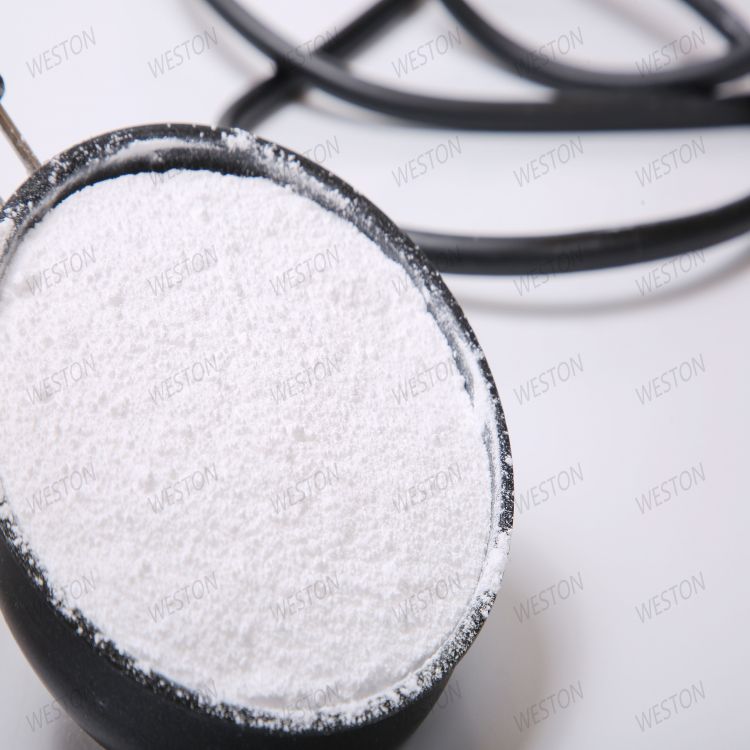-
Categories
-
Pharmaceutical Intermediates
-
Active Pharmaceutical Ingredients
-
Food Additives
- Industrial Coatings
- Agrochemicals
- Dyes and Pigments
- Surfactant
- Flavors and Fragrances
- Chemical Reagents
- Catalyst and Auxiliary
- Natural Products
- Inorganic Chemistry
-
Organic Chemistry
-
Biochemical Engineering
- Analytical Chemistry
- Cosmetic Ingredient
-
Pharmaceutical Intermediates
Promotion
ECHEMI Mall
Wholesale
Weekly Price
Exhibition
News
-
Trade Service
9.
2.
2.
7 Selection of analysis conditions
(1) Sample preparation
Cow urine is a liquid sample.
You can directly take 10mL of cow urine in a 50mL centrifuge tube, centrifuge at 3000r/min for 15min, precipitate a small amount of suspended matter in the urine, take 3mL of supernatant, and add zearalenol-4 deuterium In a test tube containing diethylstilbestrol-8 deuterated internal standard substance, vortex for 30 seconds to dissolve and mix
.
(2) Purification of immunoaffinity column
In this method, two immunoaffinity columns from Euroclone and Randox were compared
.
Euroclone company immunoaffinity column of zearalenone alcohol while holding stilbene hormones, simple operation, but due to the small column volume of the column ( zeranol 10 ng, diethylstilbestrol 10 ng, hexoestrol 5ng, bis Diethylstilbestrol 5ng), the reproducibility of the recovery rate for multi-component analysis is poor
(3) Optimization of mass spectrometry conditions
Using a syringe pump for direct injection, standard solutions of zearalenol, diethylstilbestrol, diethylstilbestrol, and diethylstilbestrol were injected into the ion source of the tandem mass spectrometer at 5 μL/min
.
The primary mass spectrometry analysis (Q1, precursor ion scan) compares the positive and negative methods of electrospray ionization (ESI).
(4) Optimization of HPLC conditions
Zearalenol and stilbene hormones are mostly separated by C 18 column, and C 8 column is also reported.
However, when using LC-MS-MS analysis, more attention is paid to column efficiency and detection limit.
Degree is not the focus
.
The C18 and C8 columns of several brands such as Waters, Agilent, Merck, etc.
When using APCI ionization, acetonitrile is the preferred mobile phase with a flow rate of 1 mL/min
.
Under this premise, different flow ratios and gradient programs were tested
9.
2.
2.
8 Linearity range and lower detection limit
The concentrations of zearalenol and diethylstilbestrol were 1.
25ng/mL, 2.
5ng/mL, 12.
5ng/mL, 25ng/mL, and the concentrations of diethylstilbestrol and diethylstilbestrol were 2.
5ng/mL and 5.
0ng, respectively.
/mL, 25ng/mL, 50ng/mL mixed standard solutions, under the test conditions of this method, inject 50μL for determination, use the peak area corrected by the internal standard to plot the concentration of each component in the standard solution, All targets are linear in the detection range.
The linear equations and correlation coefficients are shown in Table 9-9
.
Since the tested substances are all banned veterinary drugs, the experiment uses 1/2 of the minimum detection limit (MRL) as the minimum detection and 10 times the MRL as the upper limit for detection
9.
2.
2.
9 Method recovery and precision
Use cow urine samples that do not contain zearalenol, diethylstilbestrol, diethylstilbestrol, and hexestrol for addition recovery and precision testing.
After adding different concentration standards to the samples, sample preparation, purification and determination are carried out according to this method, and the results are analyzed.
See Table 9-13
.
It can be seen from the results in Table 9-13 that the detection limit of the equivalent method is 0.
Table 9-13 Experimental data of recovery rate of 4 kinds of hormones (n=10)
9.
2.
2.
10 Repeatability and reproducibility
Under repeatability test conditions, the absolute difference between the two independent test results obtained does not exceed the repeatability limit (r).
If the difference exceeds the repeatability limit (r), the test results should be discarded and the two individual tests should be completed again.
Determination
.
Under the reproducibility test conditions, the absolute difference between the two independent test results obtained does not exceed the reproducibility limit (R)
Table 9-14 Content range and repeatability and reproducibility equation
Related Links: Determination of Zearabinol, Diethylstilbestrol, Diethylstilbestrol and Diethylstilbestrol Residues in Cow Urine by Liquid Chromatography-Tandem Mass Spectrometry







